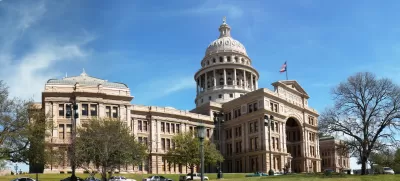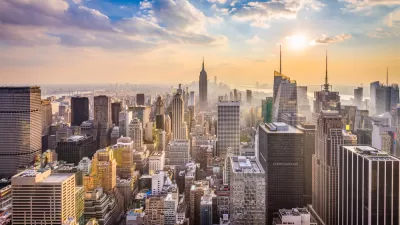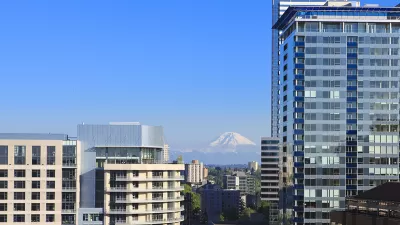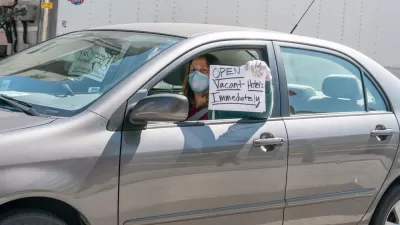Yes, that's a lot of cities in one headline. But recent urbanism media has included a lot of writers lamenting the rising cost of living in formerly bohemian locales while noticing former bohemians moving to more affordable regions.

Marty Toohey writes of the cultural shifts underway in Austin. "'Austin used to be a spot for a lot of people to check out. Now it’s a good place to check in," said Peter Zandan, a pollster who has been doing opinion surveys here for three decades. 'We used to be a place you could go to go nowhere and not do much. Now, increasingly, Austin appears to be a place where people go to be somewhere and do something.'"
The cause of the cultural change, according to Toohey's article: "The average rent in Austin is now more than $1,000, having risen 50 percent in 10 years, while the median income rose just 9 percent. Housing now takes 30 percent of Austin renters’ income, more than the national average and more than the 'red line' that Zillow Real Estate Research says is too much of a household’s income."
Toohey follows the story of Wammo, a reformed "Slacker" of an earlier Austin era. Wammo moved to Pittsburgh three years ago, which is where Jim Russell picks up the trope of moving to Pittsburgh as a polemic against the creative class narrative made famous by Richard Florida.
In making the point that "Cool has a price point," Russell argues that Florida "got the economic development story backwards."
Russell also cites a recent article by Natalie Kitroeff that claims, according to Russell's analysis, "that student loan debt will be the last straw for naive talent willing to subsidize creative industries that aren’t really profitable in such an expensive city [as New York]."
FULL STORY: Career ambitions, higher cost of living erode Austin’s ‘Slacker’ vibe

Trump Administration Could Effectively End Housing Voucher Program
Federal officials are eyeing major cuts to the Section 8 program that helps millions of low-income households pay rent.

Planetizen Federal Action Tracker
A weekly monitor of how Trump’s orders and actions are impacting planners and planning in America.

Ken Jennings Launches Transit Web Series
The Jeopardy champ wants you to ride public transit.

Crime Continues to Drop on Philly, San Francisco Transit Systems
SEPTA and BART both saw significant declines in violent crime in the first quarter of 2025.

How South LA Green Spaces Power Community Health and Hope
Green spaces like South L.A. Wetlands Park are helping South Los Angeles residents promote healthy lifestyles, build community, and advocate for improvements that reflect local needs in historically underserved neighborhoods.

Sacramento Plans ‘Quick-Build’ Road Safety Projects
The city wants to accelerate small-scale safety improvements that use low-cost equipment to make an impact at dangerous intersections.
Urban Design for Planners 1: Software Tools
This six-course series explores essential urban design concepts using open source software and equips planners with the tools they need to participate fully in the urban design process.
Planning for Universal Design
Learn the tools for implementing Universal Design in planning regulations.
Heyer Gruel & Associates PA
Ada County Highway District
Institute for Housing and Urban Development Studies (IHS)
City of Grandview
Harvard GSD Executive Education
Toledo-Lucas County Plan Commissions
Salt Lake City
NYU Wagner Graduate School of Public Service





























